I was sitting in a taxi rolling back into Osh after a two week trip to Tajikistan when I got a text from my grandma – “Update time,” she wrote. And so, an update!
After spending a week tourist-ing around Dushanbe, Tajikistan’s capital, I set out on a 6-day tour of the Pamir mountains. I was joined by another PhD student who studies Central Asia and a mutual friend who works in Bishkek; the three of us are all easygoing, and plans for the trip came together about a week before we made it to the Pamirs.
In the days leading up to the trip, I relied on a handful of travel blogs for ideas about which places to visit/what to see and found this day-by-day itinerary format helpful. In hopes of helping someone else who wants to organize a similar trip — and directing business to Жоомарт/Jomart, aka the best and most charming driver in the biz (you can get in touch with him on WhatsApp at +996 558 977 552) — here’s a broad sketch of the trip:
Dushanbe -> Khorog -> Langar -> Murghab -> Karakul -> Tulpar-Kol -> Osh
Day 0: Dushanbe
I had the luxury of enjoying Dushanbe for a week before setting off to the Pamirs, but one of my travel mates flew in from Bishkek the morning before and had a crash-tour of the city. We both applied for e-visas ($70, including the $20 permit for visiting eastern Tajikistan) a few days before our respective flights. After stocking up on snacks for the road (the good kind of instant coffee, crackers, spreadable cheese, cherries, cherry tomatoes, nuts, dried fruit), we made a quick walking tour of the city at dusk before heading to bed early.
Day 1: Dushanbe to Khorog
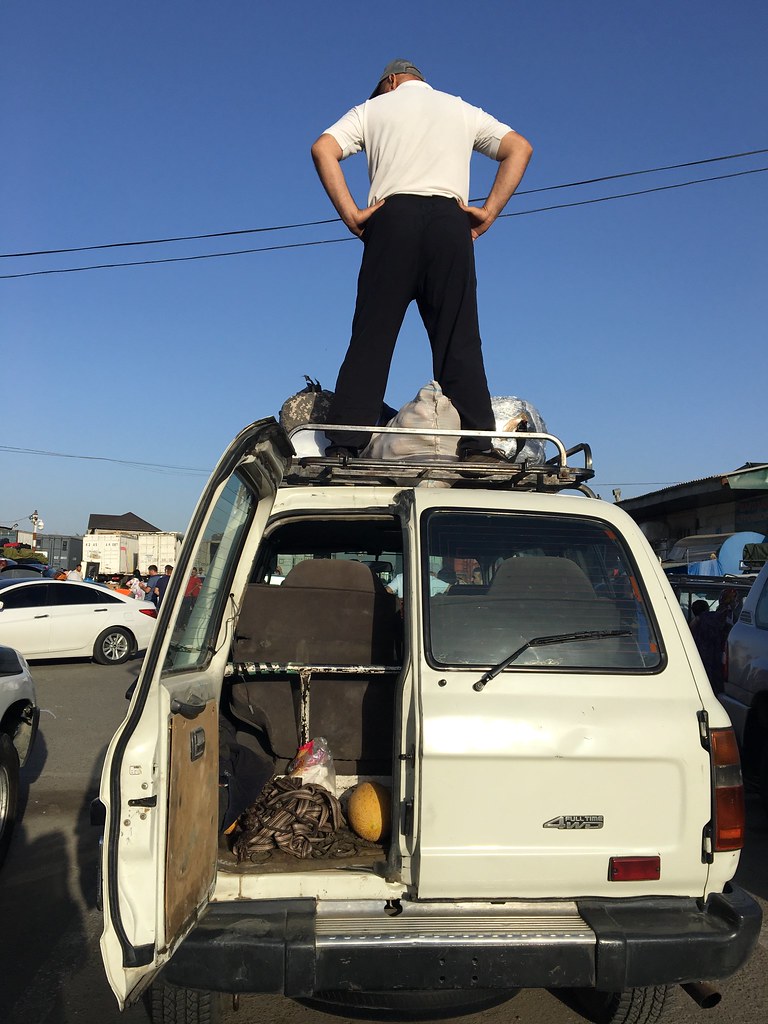
We woke up at 5:30 to take a taxi to the bus depot in central Dushanbe in order to catch a shared Jeep to Khorog, the capital of Gorno-Badakhshan region in eastern Tajikistan. It didn’t take long to find a driver (Gulom was the first person to call out “Taksi”), but it did take a while for the car to fill up and to pack the top of the jeep with everyone’s bags. After checking that the price was fair (350 Tajik somoni is about $40, which seemed high compared to the price of a ride of similar distance in Kyrgyzstan), drinking some tea, and stocking up on water and candy, we hit the road at 7:30 in the morning.
Not long after getting out of the city stopped to buy some watermelon and talk to police officers who flagged the car down. A few of the blogs I read mentioned never having the visa/GBAO permit checked, but this was not our experience at all — on the trip from Dushanbe to Khorog alone, we had to show our passport three times.
This was a long, long ride. We stopped to take pictures of the Nurek Reservoir about an hour outside Dushanbe, stopped again in Kulob for lunch, stopped once more in Kulai-Kum to stretch our legs and buy more snacks, and stopped for the last time at some roadside cafe (I think around Rushan?) for salad and some tea. Finally (FINALLY) around 9:30pm we rolled in to Khorog, where the highway linking Dushanbe and the Pamirs is also the town’s main street. The women at Sheron Homestay were really helpful in navigating Gulom to the gate, and the accommodations were so comfortable after 14 hours on the road.
Day 2: Khorog to Langar
 Our driver Jomart met us at Sheron Homestay in the morning, and we stocked up 5-liter containers of water at the bazaar and pulled out money from Orion Bank. (There’s nowhere else to pull out or exchange money until well after you cross into Kyrgyzstan, so calculate what you need beforehand.)
Our driver Jomart met us at Sheron Homestay in the morning, and we stocked up 5-liter containers of water at the bazaar and pulled out money from Orion Bank. (There’s nowhere else to pull out or exchange money until well after you cross into Kyrgyzstan, so calculate what you need beforehand.)
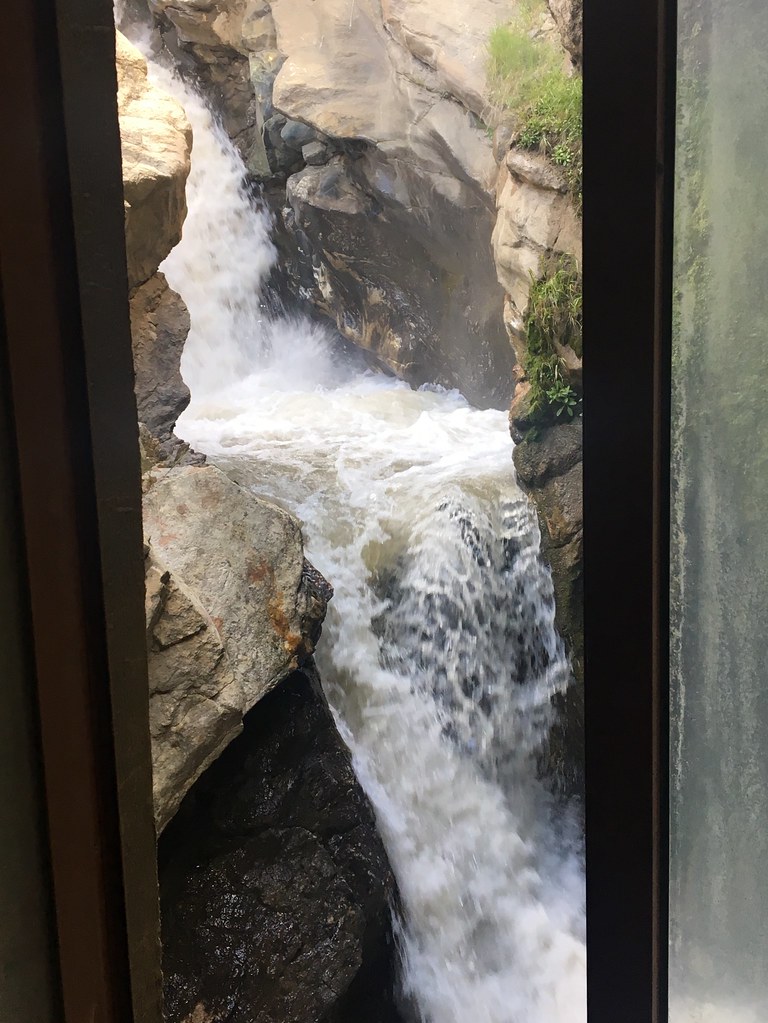 After lunch in Ishkoshim, we made a pitstop at the Bibi Fatima hotsprings (10 somoni fee to go in, worth every diram and then some). While digging through the trunk to pull out swimsuits, Jomart told us we wouldn’t need those, and in fact, we could be fined if we wore anything at all in the water. This was the only full body water experience of the trip, so even without soap, it was incredibly refreshing. If you go, be sure to ask before you head down to the springs which door is for men/women — they switch the two frequently, apparently, and my travel mates accidentally walked in on a guy toweling off from his dip in the water.
After lunch in Ishkoshim, we made a pitstop at the Bibi Fatima hotsprings (10 somoni fee to go in, worth every diram and then some). While digging through the trunk to pull out swimsuits, Jomart told us we wouldn’t need those, and in fact, we could be fined if we wore anything at all in the water. This was the only full body water experience of the trip, so even without soap, it was incredibly refreshing. If you go, be sure to ask before you head down to the springs which door is for men/women — they switch the two frequently, apparently, and my travel mates accidentally walked in on a guy toweling off from his dip in the water.
After the hot springs, we drove another hour and a half to Langar. Jomart organized our homestay for us, calling around to the several guest houses in every village to see which had space open. The place where we stayed in Langar (I think it’s here) was a full house, but very comfortable — they had an indoor toilet and a nice shower, and dinner was tasty.
Day 3: Langar to Murghab
 One of my travel mates was really sick in the morning, with what we thought was food poisoning, but seemed to be altitude sickness (the symptoms can be similar). We had to keep going, and it took another 5 or so hours to get to Murghab. Once in Murghab, we found a really nice pharmacy near the hospital at the far end of the bazaar, which was well-stocked by the Aga Khan Foundation.
One of my travel mates was really sick in the morning, with what we thought was food poisoning, but seemed to be altitude sickness (the symptoms can be similar). We had to keep going, and it took another 5 or so hours to get to Murghab. Once in Murghab, we found a really nice pharmacy near the hospital at the far end of the bazaar, which was well-stocked by the Aga Khan Foundation.
We stayed at Fariyma Homestay, which was also packed — a tour group of 15 Russians took up half the house, and another group of North Americans bumped us from the first room where we had set up. Fortunately, the room where we ended up sleeping was the warmest of all. Fariyma was very accommodating of my friend’s stomach situation, the food was tasty, and no one minded that we hung out around the homestay until mid-day before leaving.
Day 4: Murghab to Karakul
This was the shortest travel day, by far. We left Murghab after lunch in the bazaar and made it to Karakul by mid-afternoon. We stayed at Elrik Homestay, where we slept in the most comfortable beds of the trip and borrowed a deck of cards from some Tajik men who were also renting a room. Electricity at the house was powered by a generator, which they only ran at night.
There is very little to do in Karakul, other than walk to the lake – we went three times in the one day we spent there. A group more ambitious and suffering less from altitude sickness than ours could have walked further around the lake and potentially toward the hills, though Karakul sits close to the Tajikistan-China border fence, so ask around before heading off in any one direction.

Day 5: Karakul to Tulpar-Kol
The Tajik-Kyrgyz border is not far from Karakul, though it takes a while to get to because of the several mountain passes on the way. This was one of the days I was most grateful to be traveling by car, as the bikers struggling through the 4200 meter pass in between the border posts looked really worn out.
We passed through four checkpoints on the Tajik side (passport check, customs, narcotics, final passport stamp + visa collection) and then drove 13 kilometers to the Kyrgyz post, where we were greeted by an English-speaking border guard. It was another thirty minutes in the car to Sary-Tash, where we ate lunch and bought some refreshments (watermelon, a 2-liter bottle of kymys, and a 1-liter bottle of good ol’ Kyrgyz beer). Driving to Tulpar-Kol was in the opposite direction of Osh and took about an hour, but boy were the views worth it. The lake is near the base camp for Peak Lenin, and there are two yurt camps situated on either side of a hill. We picked a yurt at Peak Lenin Yurt Camp and spent the afternoon wandering the hills, drinking kymys with Jomart, and reading.
Although it’s the peak of summer, it was quite cold at night. Even with a small stove, we were still chilly. Fortunately, we had bought some wool Pamiri socks in Murghab and there were plenty of heavy blankets piled in the corner of the yurt.
Day 6: Tulpar-Kol to Osh
After breakfast and coffee, we packed up and said goodbye to the yurt camp around 9:30. It was about a five-hour drive to Osh — we traded slow, bumpy roads for fast, zippy turns, which resulted in a bit of motion sickness BUT it was magical to feel the difference in the air as we descended from Tulpar-Kol’s 3500 meters to Osh’s 800 meters of altitude. On the way, we passed some familiar views and then – suddenly – beautiful Suleyman Too appeared on the horizon.
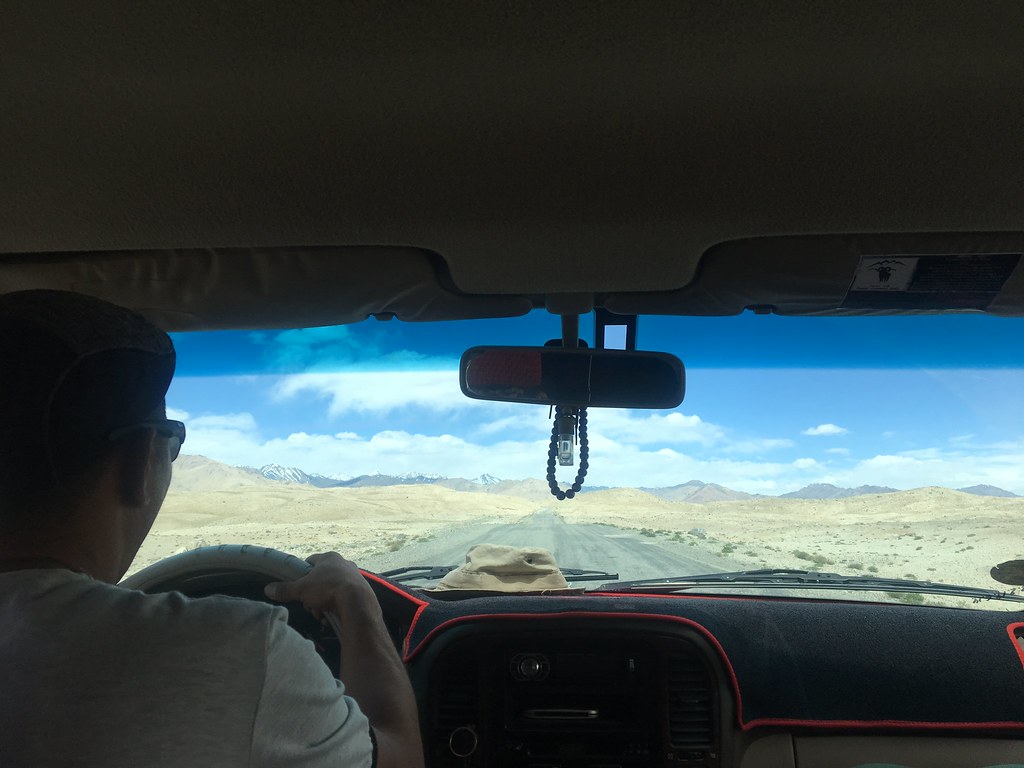
Did I mention that Jomart is the best driver?
Jomart dropped us off directly at Konok Hostel, which I will forever and always preach as the best hostel in the city. Meergul, the owner, is an absolute queen – she is incredibly well connected, can tell you everything you need to know about Osh (and southern Kyrgyzstan more broadly), and runs a lovely hostel with a range of options (dorms, private rooms, and two apartments. You can find Konok Hostel on any major booking website, but you can also reach out to Meergul (who speaks English well) directly on WhatsApp at +996 558 382 777.
I would definitely recommend staying a few days in Osh! This is hands down my favorite place to spend time in in Kyrgyzstan, it’s really magical. Consider taking a tour of the city with my friend Atabek (here’s his website). Be warned, this won’t be an average “walk around and see the sites” tour, but will be hands on and knee-deep in local culture. I’d recommend the sunset tour of Suleyman Too or the food tour (SAVE ROOM FOR MANTY) or the plov cooking tour or…really, any of them.
How much did everything cost?
- Flight, Bishkek –> Dushanbe = $100
- Visa, including GBAO permit = $70
- Shared taxi from Dushanbe to Khorog = 350 somoni ($38)
- My share of our brilliant driver Jomart’s services (remember, message him on WhatsApp at +996 558 977 552) = $200
- One night at a homestay in Khorog + four nights of homestays in the Pamirs, including breakfast and dinner = $68
- Bibi Fatima hotsprings = 10 somoni ($1.11)
- Snacks = 80 somoni ($8.89)
- Water = 50 somoni ($5.55)
- Beer = 36 somoni ($4)
- A pair of Pamiri wool socks = 70 somoni ($7.80)
- Total: $503
If I were to do it again, I’d…
A lot of the travel blogs I read included some beautiful photos and laid out their itineraries really well, but none described what they would have done differently. I absolutely loved our tour and am really happy with how everything turned out, but now that I’m on the other side of it, I think I might have done a few things differently:
- get picked up straight from Dushanbe instead of Khorog, and then spend a night in Kulai-Kum to split up the drive
- bring more medicine along, including Oral Rehydration Salts + ibuprofen + Нош-бпа (Russian version that works like Pepto Bismol)
- take an extra day or two to explore Khorog (and get a chance to eat at KFC – Khorog Fried Chicken)
- pack a deck of cards and Bananagrams for passing the time
- split up the drive between Khorog and Langar, taking a day to stay in Ishkashim and check out the bazaar
- stay another day in Murghab (partially to get used to the altitude, partially to talk to more people and seek out the museum that’s supposed to be somewhere around town)
- learn a few Pamiri words (Shugni and Wakhi are the main languages of the Pamirs; many Pamiris speak Russian better than they do Tajik)
Overall, it was an amazing trip and an incredible opportunity to see a corner of the world that few people manage to visit. I’m still trying to stretch out my legs and back after so many hours crossing bumpy roads in a jeep, but I’ll try to get out some posts with more details about who I met and what I saw along the way.

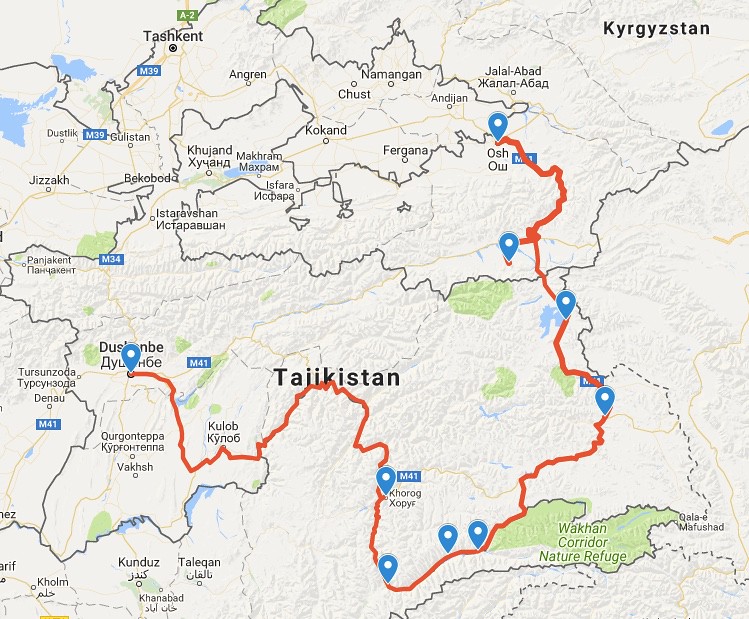
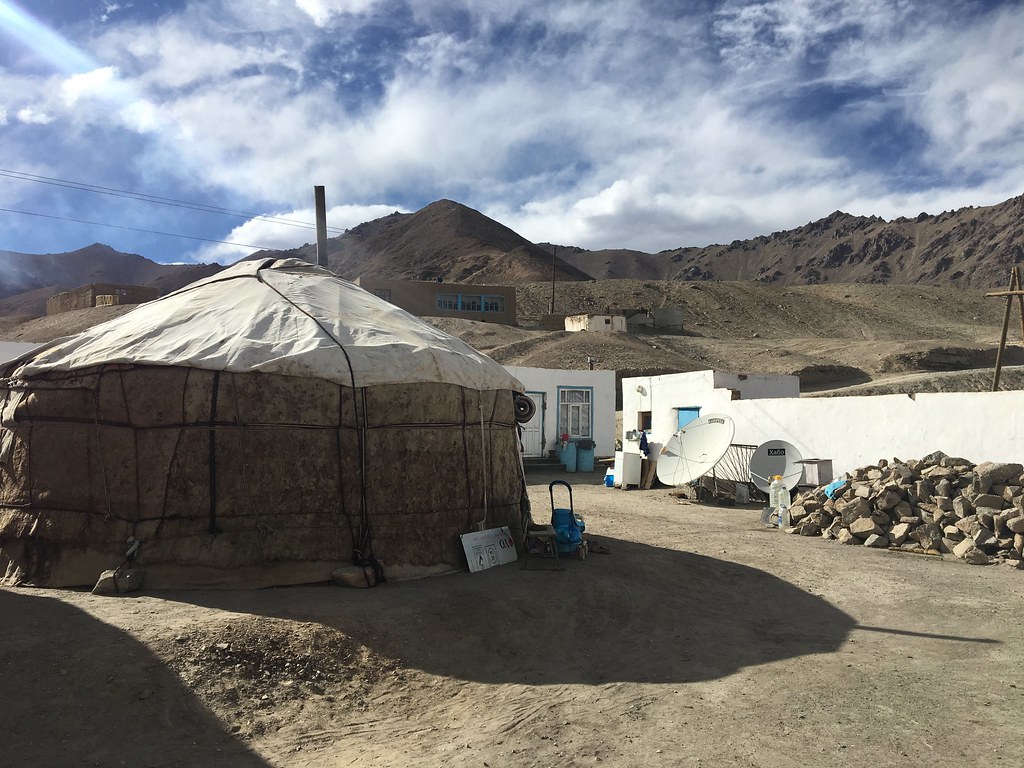
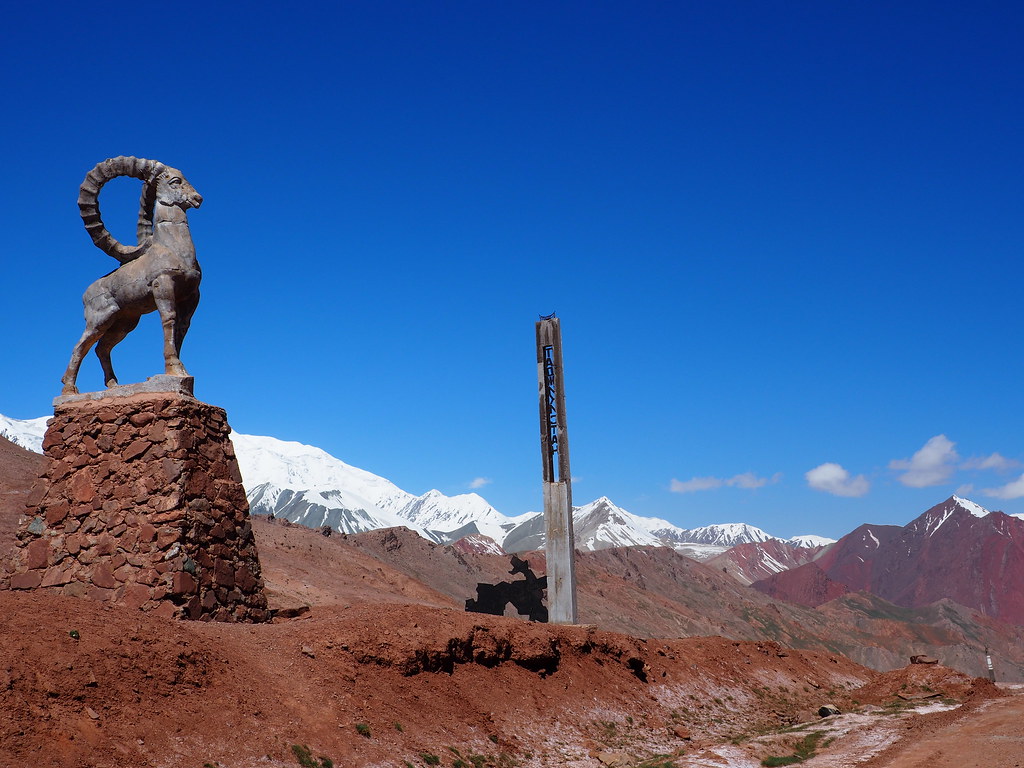
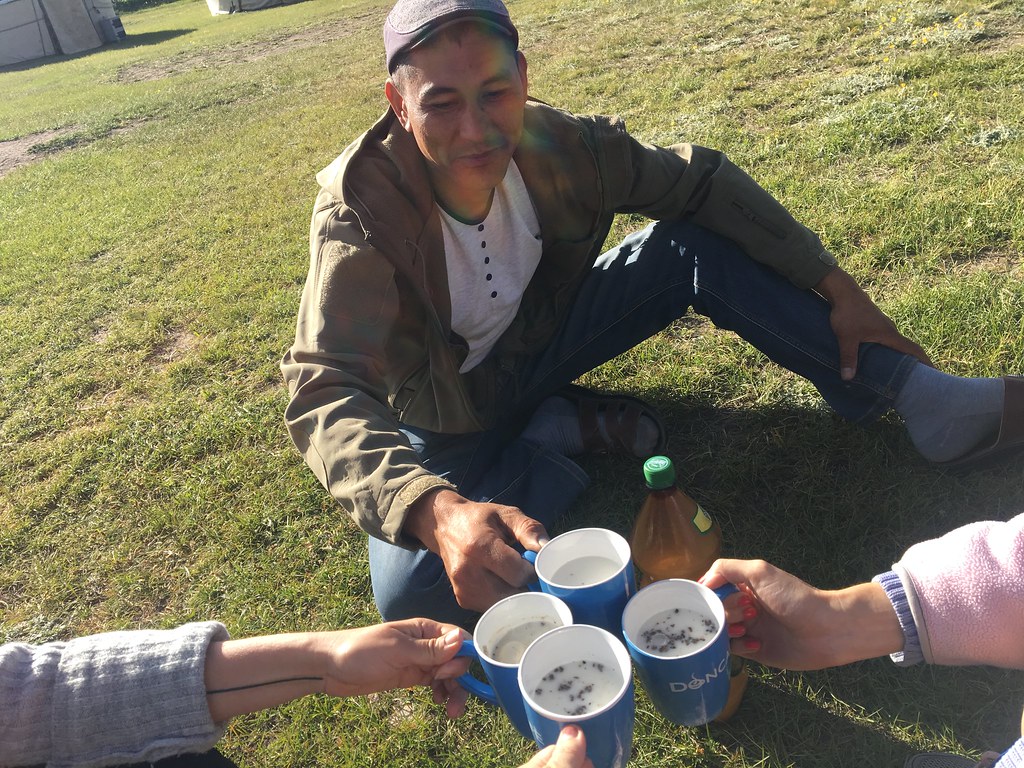
Colleen: Your update to moi, over-exceeded my expectations. Thank you to your two friends who accompanied you on the drive to the Pamirs; to all the wonderful people you met & stayed with along the way; and a special thank you to Jomart, who kept you safe. Love, GP